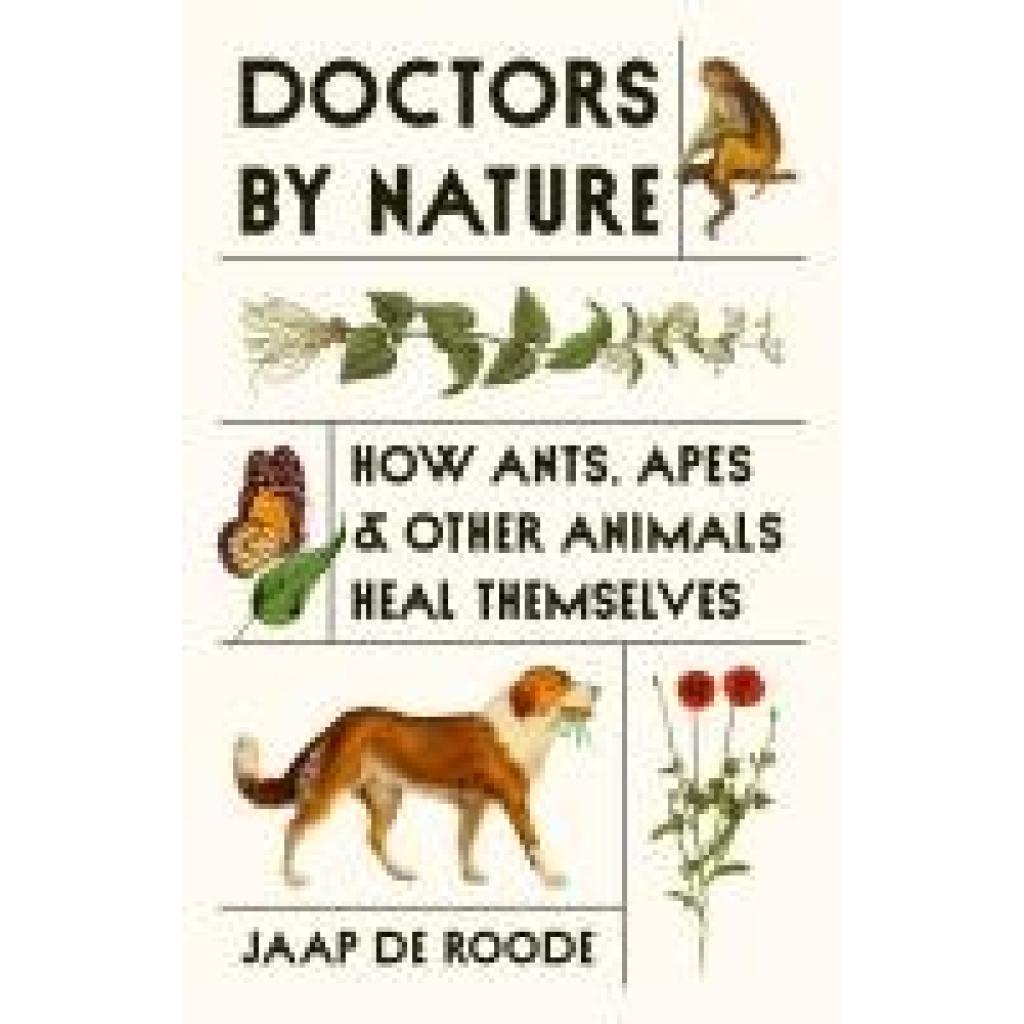"What happens when animals get sick? Do they rely exclusively on their bodies own defense
systems to protect them or are there other behaviors they can use to heal themselves? Humans
have been using plants fungi and other natural mechanisms to treat ailments and disease for
millennia--why not animals too? It turns out they do! In 1987 primatologist Michael Huffman
noticed an ill chimpanzee collecting shoots of a plant called Vernonia amygdalina which humans
in the area used to treat stomach upset and fever. The ill chimpanzee removed the plant's outer
bark and sucked on the soft inner branches. Within 24 hours she appeared to have largely
recovered. Although there have been stories about animals medicating themselves and
traditional healers have looked to animals to help develop treatments for years Huffman's
observations are widely considered the first official scientific evidence of an animal actively
medicating itself to treat disease. Since then scientists have found conclusive evidence for
medication in all manner of species--including bees ants and butterflies as well as monkeys
birds apes and elephants. Self-medication behaviors (for which scientists have developed a
rigorous field definition) range from prophylactic consumption of anti-parasitic berries by
monkeys and therapeutic use of alkaloids by woolly bear caterpillars to blue jays' use of
ant-produced formic acid as bug-repellent. In Animal Doctors Professor of Biology and science
communicator Jaap de Roode will provide an overview of the scientific study of animal
self-medication drawing on both the scientific literature and first-person interviews with key
contributors to the field to ask how animals use medication against the parasites and pathogens
that ail them"--



